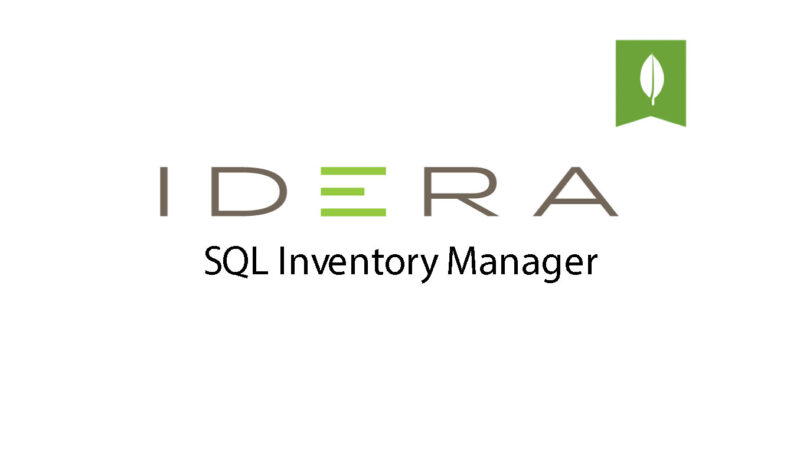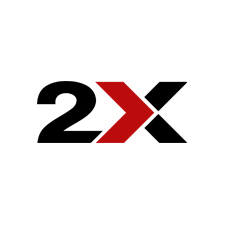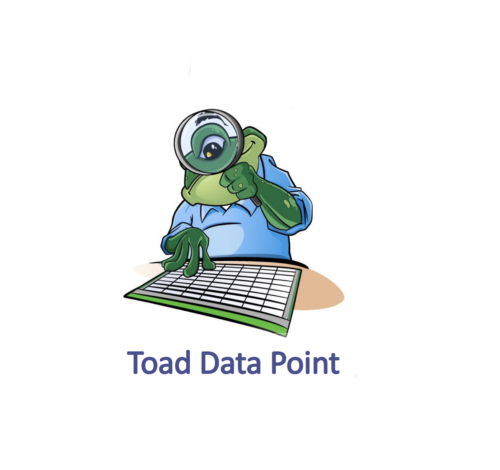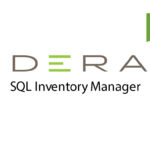IDERA – SQL Inventory Manager
DBA teams often have plenty of work on their plate and want to find ways to easily maintain and update their SQL Server database environment. They need to quickly identify the location of all SQL Servers in the environment, both physical and virtual, and be notified which ones are behind on patch level, need to be backed up, or are currently down and need attention.
DBAs and their managers often need to view the internal inventory by size to manage SQL Server capacity levels for chargebacks to business groups. They also need a way to track server growth for future capacity needs and reallocation of server resources for different applications or user groups.
DBA and IT Managers want peace of mind that their team can find any databases or servers that aren’t up to the latest specs and avoid any risk of data breaches due to back-level patches. They are on the hook to generate reports demonstrating that the SQL Server environment is up to date and current on licensing to avoid any unnecessary or excessive costs.
- View your SQL Server inventory – know what you have where and who owns it
- Auto-discover any new servers installed to better manage server sprawl
- Create tags and custom fields to organize servers and databases across the enterprise
- Perform health checks to monitor server operation and capacity
- Collect and manage server environment details with the web-based agentless UI
Discover all SQL Servers Across the Enterprise
Scan the network to find all your SQL Servers and databases including databases on AlwaysOn Availability Groups. Scan by domain, IP address ranges, and/or import your own server lists from excel or CSV files. Flexibly schedule discoveries to locate newly added servers daily, by specific days of the week &/or at particular times of day. Create an inventory report for all managed, unmanaged, and decommissioned instances within the SQL Server environment. In addition users can discover BI services (SSRS, SSIS, SSAS) running in their environment.
Get Complete Visibility
See all those servers lurking that you may not have known existed, as well as deployed databases, whether hosted on a physical or virtual server. Users can manually add or set auto-registration to add discovered instances to SIM for monitoring and get recommendations to bring the instances up to maintenance. Capture the SQL licensing details for each instance, including core license calculations, in a consolidated report to address licensing audits.
Monitor and Manage Inventory
Go beyond Microsoft’s Assessment and Planning (MAP) toolkit for SQL Server inventory tracking. Automatic discovery and a Global Dashboard provide high-level visibility of all server inventory. Learn what you have, which servers are improperly configured and what actions might need to be taken for instances competing for memory and resources. Also compare your current SQL Server builds with the latest build from Microsoft to determine if you have the latest patches or versions and protect your environment from potential data breaches.
Establish Tags to Categorize Inventory
Create tags at the server, instance and database levels to organize by owner, location, function or other categories to suit different needs. You can even mark servers as “unmanaged” to revisit for follow-up later. A tag cloud displays on the Dashboard that groups the tags created to quickly visualize the size of those groups comparatively by prominence or importance.
Run Health Checks and Receive Availability Alerts
Perform regular health checks on monitored servers to gauge adherence to configuration best practices. Receive email alerts for key server indicators such as when servers are down, whether a database has ever been backed up or early warning when you are about to run out of space. Generate a customizable health check report to consolidate all active health check findings. Plus view the findings in a simple list with recommendations for improvement from SQL Server experts.
Deploy Quickly and Scale Out as Needed
The agentless, low impact design offers download, install, and use in under 5 minutes with no other modules or installation necessary on monitored servers. A stand-alone web application with no need for IIS provides a simple sign on to login and use remotely from anywhere. Plus it is designed to scale up as you grow, capable of monitoring and managing up to 1000 SQL instances and 40000 databases.





















There are no reviews yet.